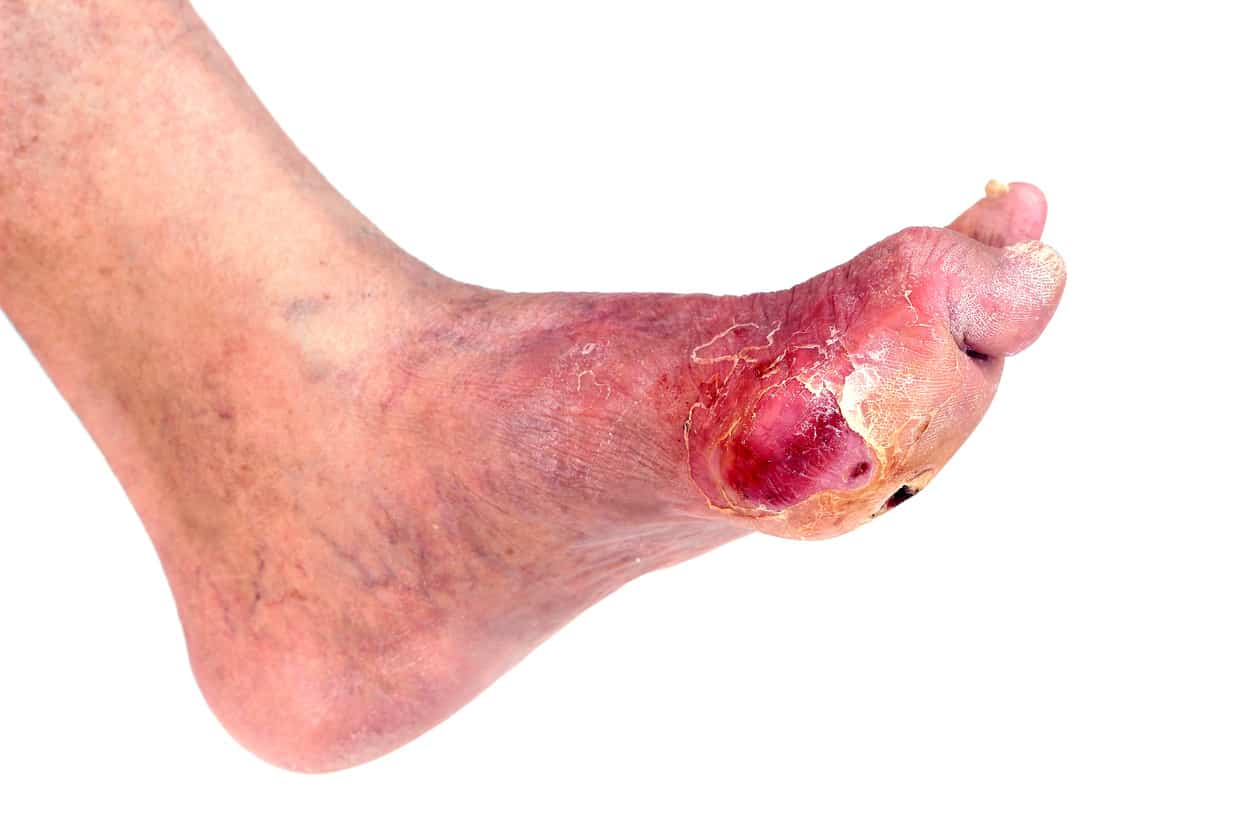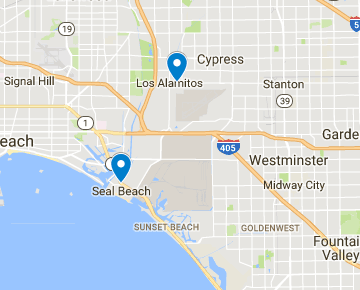How do you treat a diabetic foot ulcer?

Diabetic foot ulcers develop due to poor circulation, numbness and tingling in the feet and nerve damage. Severely dry, cracked skin or minor foot wounds can go unnoticed by diabetics because of reduced sensation in the feet. Proper foot care provided by the Alamitos – Seal Beach Podiatry Group is essential for preventing painful foot ulcers from affecting your health. Most diabetic foot ulcers emerge on the soles of your feet where the skin is subjected to pressure from walking or standing. If not treated promptly, ulcerous skin deteriorates under consistent pressure and becomes an open sore. In some cases, diabetic foot ulcers may form underneath calluses or corns, making them more difficult to be seen or felt by someone with diabetes.
Treating a Diabetic Foot Ulcer
Your podiatrist may debride the wound by removing dead tissue surrounding the wound. Probing the wound helps determine the depth of the ulcer if your podiatrist suspects the ulcer has affected deeper layers of skin. Application of medicinal enzymes dissolves dead skin and tissue not removed through debridement. Placing ulcerous feet in cleansing whirlpool baths can also clear away dead skin. The following foot care practices are recommended by podiatrists to heal a diabetic foot ulcer:- •Keep the ulcer dry at all times
- •Keep the ulcer covered with a clean bandage
- •Maintain healthy glucose levels to promote healing
- •Clean the ulcer every day with doctor-prescribed solutions
- •Avoid walking excessively on the ulcer (no walking barefoot!)
- •Wear extra thick socks for added protection
- •Feet that always feel cold
- •The shiny pale skin over the top of your feet
- •The bluish skin around the toes
- •Inability to find a pulse in the foot (pulse can be found around the bone on the inside of the ankle)
- •Painful, aching feet, even when resting





